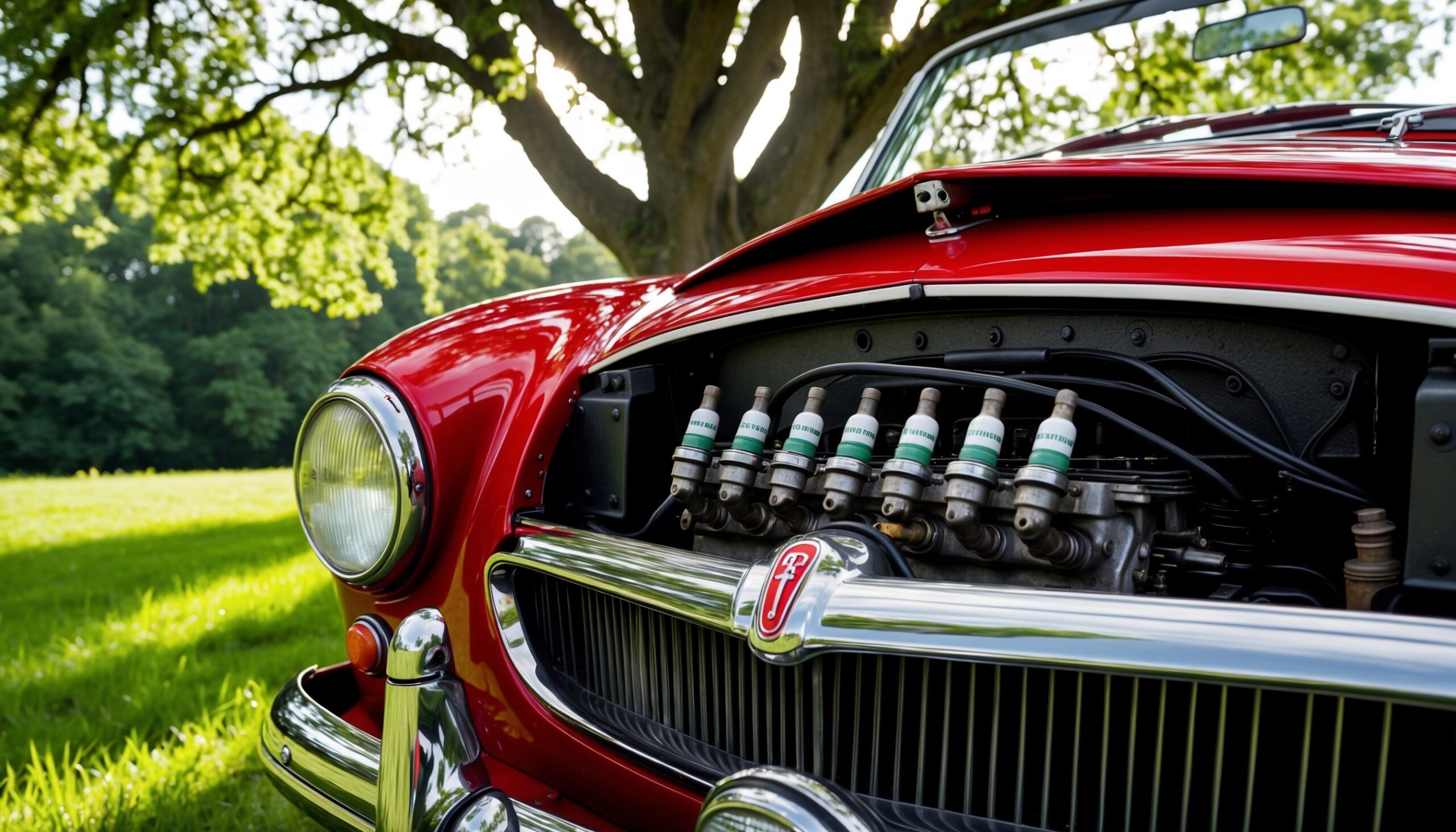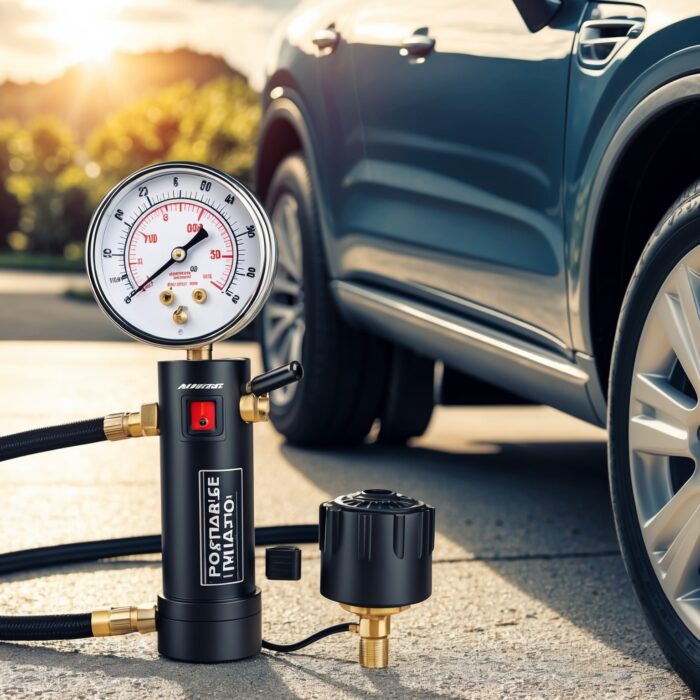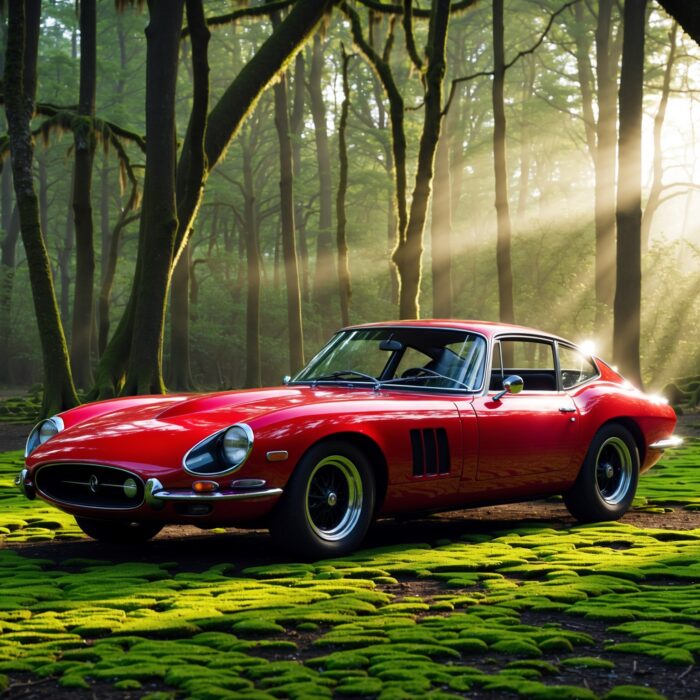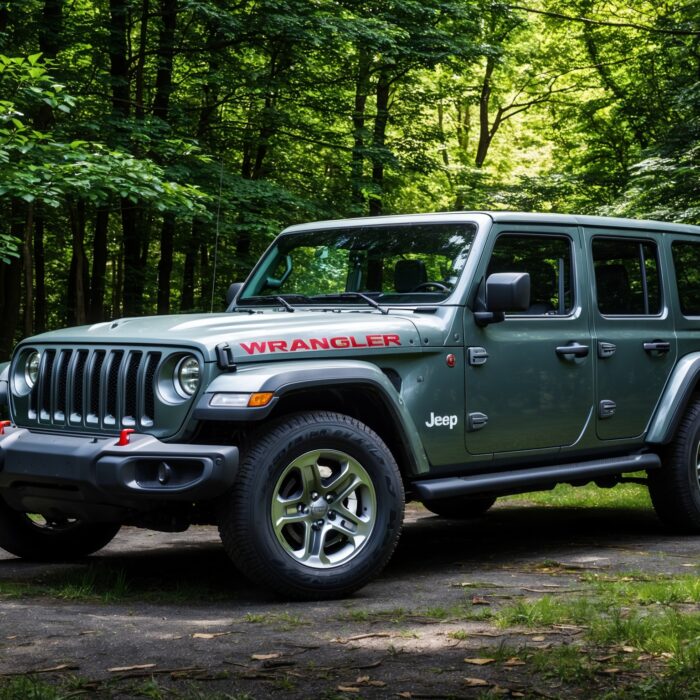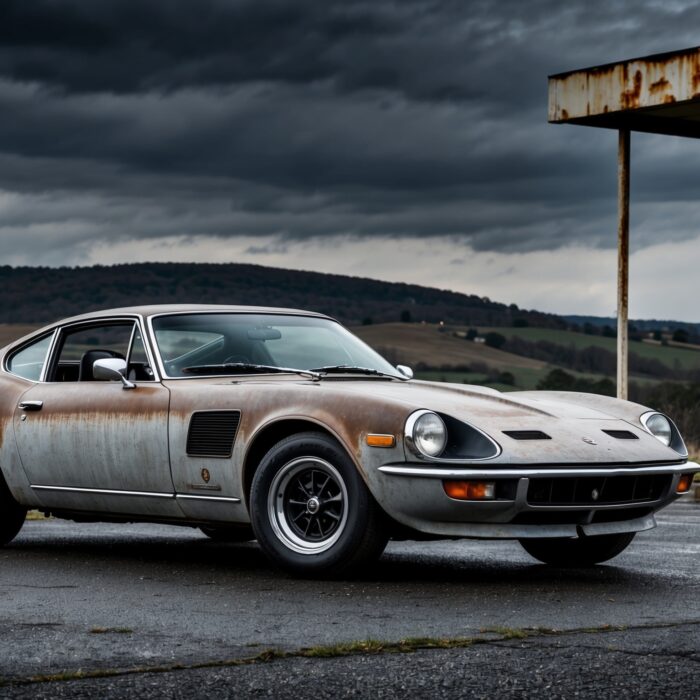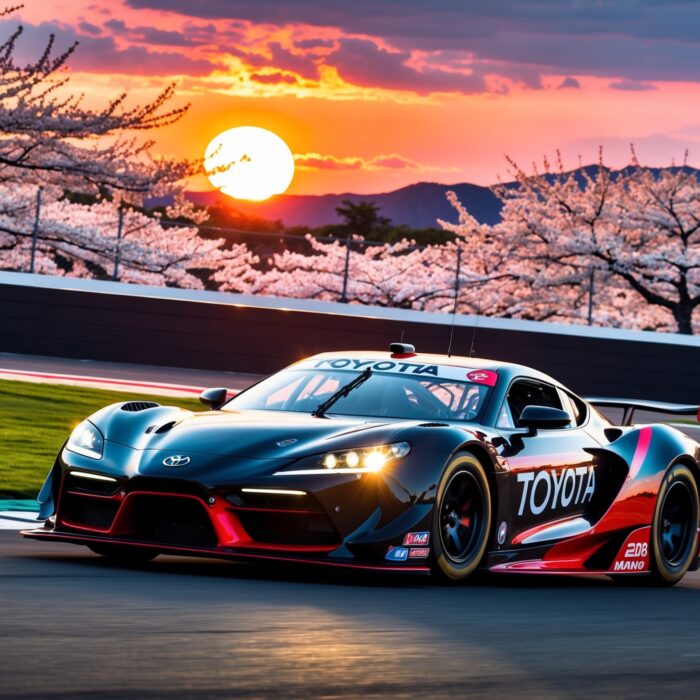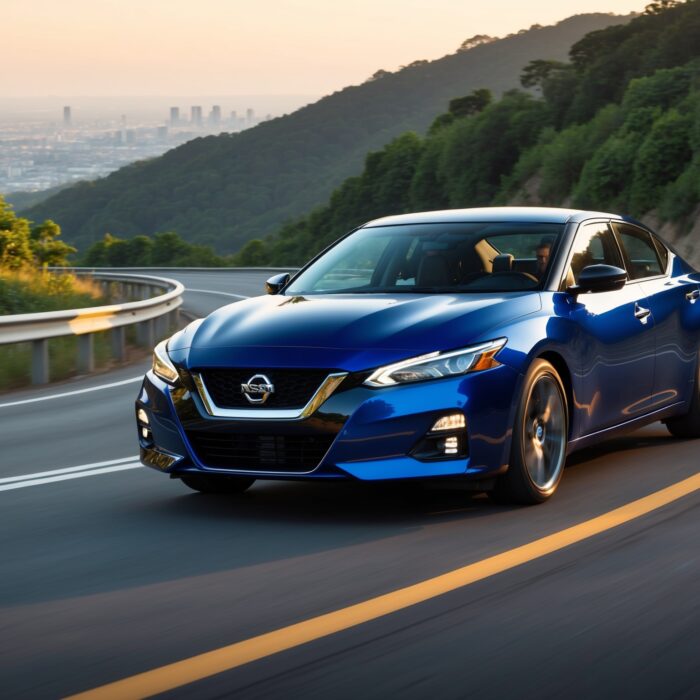11 Powerful Engines That Surprisingly Pack Low Horsepower
When you think of powerful engines, what comes to mind? Most enthusiasts envision roaring V8s or turbocharged inline-6s, boasting hundreds of horsepower. But in the automotive world, horsepower isn’t always the best indicator of performance or engineering prowess. Some engines may have impressive specifications, yet deliver surprisingly low horsepower figures. Join us at Torque Feed as we delve into 11 powerful engines that defy expectations!
1. Toyota 2JZ-GTE
The Toyota 2JZ-GTE is a legend in the tuning community, revered for its durability and aftermarket potential. This inline-six, found in the iconic Supra, is often associated with massive horsepower figures. However, the factory rating sits at just around 276 horsepower. How can such a celebrated engine pack so little power on paper? The answer lies in Japan’s self-imposed horsepower limit during the 1990s, which many manufacturers adhered to.
2. Nissan RB26DETT
Another titan from the Japanese automotive scene, the RB26DETT boasts an impressive engineering pedigree. This twin-turbo inline-six engine powers the Nissan Skyline GT-R and is known for its performance capabilities. Surprisingly, it’s rated at only 280 horsepower. Similar to the 2JZ-GTE, this rating was influenced by the same Japanese regulations, leading to an engine that, while low on paper, can produce well over 1,000 horsepower in tuned applications.
Also Read: 11 Powerful Engines That Surprisingly Pack Low Horsepower
3. Ford 5.4L Modular V8
The Ford 5.4L Modular V8 has powered everything from the F-150 to the Ford GT. With a reputation for robustness, this engine is capable of delivering substantial torque and reliability. However, its horsepower ratings vary significantly, with the early versions only producing around 300 horsepower. Despite its low numbers, the engine’s torque curve and versatility make it a favorite among truck enthusiasts.
4. Subaru EJ20
The Subaru EJ20 engine is a staple in the Subaru lineup, particularly in the WRX models. Despite being a turbocharged flat-four, which usually indicates a higher horsepower potential, the EJ20 is often rated around 250 horsepower. While some might scoff at these numbers, the real magic happens in its all-wheel-drive system and the engine’s ability to deliver power in a unique package, making it a favorite for rally fans.
5. Chevrolet 5.7L LS1
The LS1 engine is one of the most popular engines in the world, known for its swaps and tuning potential. Found in the Chevrolet Corvette and Camaro, the LS1 has a horsepower rating of around 305 to 350, depending on the model year. While that sounds respectable, many enthusiasts often associate the LS series with significantly higher horsepower figures in modified forms, overshadowing the stock ratings.
6. BMW M30
The BMW M30 inline-six is a legendary engine that powered a plethora of BMW models from the 1970s to the 1990s. While enthusiasts admire its smoothness and reliability, the horsepower numbers often sit around 180 to 200. Despite its low output, the M30 is known for its tunability and can easily handle much more power when modified, making it a favorite among BMW purists and tuners alike.
7. Honda K20
Honda’s K20 engine showcases the brand’s engineering excellence in a compact package. Found in several models, including the Civic and Acura RSX, the K20 typically produces about 200 horsepower in its stock form. While this might not seem low, compared to the potential of high-revving, naturally aspirated engines, enthusiasts often expect more. However, the K20 is known for its high-revving nature and reliability, making it a joy to drive.
8. Mercedes-Benz M113
The M113 engine family is used in various Mercedes models and includes both V8 and V6 configurations. In its base form, the M113 V8 produces around 300 horsepower. While this is a respectable figure, many enthusiasts expect more from a V8 engine. The M113 is celebrated for its smooth power delivery and durability, proving that horsepower isn’t everything.
9. Volkswagen 1.8T
The Volkswagen 1.8T engine was a game-changer in the compact car segment, offering a turbocharged experience in a small package. Typically rated at around 150 to 180 horsepower, it may not sound impressive compared to modern standards. However, its tuning potential and broad torque band have made it a favorite among VW fans. Many owners have successfully extracted well over 300 horsepower with relatively simple modifications.
Also Read: 11 Powerful Engines That Surprisingly Pack Low Horsepower
10. Porsche 911 (996) 3.4L Flat-Six
The Porsche 911 has long been synonymous with performance and luxury. The 996 generation, particularly the base models, utilized a naturally aspirated 3.4L flat-six engine that produced a mere 296 horsepower. While this may seem low for a Porsche, the 911’s lightweight construction and exceptional handling make it a thrilling drive, proving that dynamics can sometimes outweigh raw horsepower numbers.
11. Dodge 5.9L Cummins Diesel
The Cummins 5.9L diesel engine is known for its torque rather than horsepower. Found in Dodge Ram trucks, it’s rated at around 235 to 300 horsepower, depending on the model and year. While these numbers seem modest, the torque output is what makes it a powerhouse for towing and hauling. In the world of diesel engines, it’s all about the torque, and the 5.9L Cummins delivers in spades.

Final Thoughts on Low Horsepower Engines
The automotive world is filled with surprises, and low horsepower ratings don’t always tell the whole story. These engines may not have the numbers that grab headlines, but their performance, reliability, and potential for modification make them beloved by car enthusiasts. Whether it’s the tunability of the Toyota 2JZ-GTE or the torque of the Cummins diesel, each engine has its unique strengths that make it stand out.
At Torque Feed, we appreciate the engineering behind every powerful engine, even those that may not boast high horsepower. Next time you see a low horsepower rating, remember that there’s often more than meets the eye. These engines continue to inspire enthusiasts and demonstrate that performance isn’t just about raw numbers—it’s about the experience behind the wheel.




